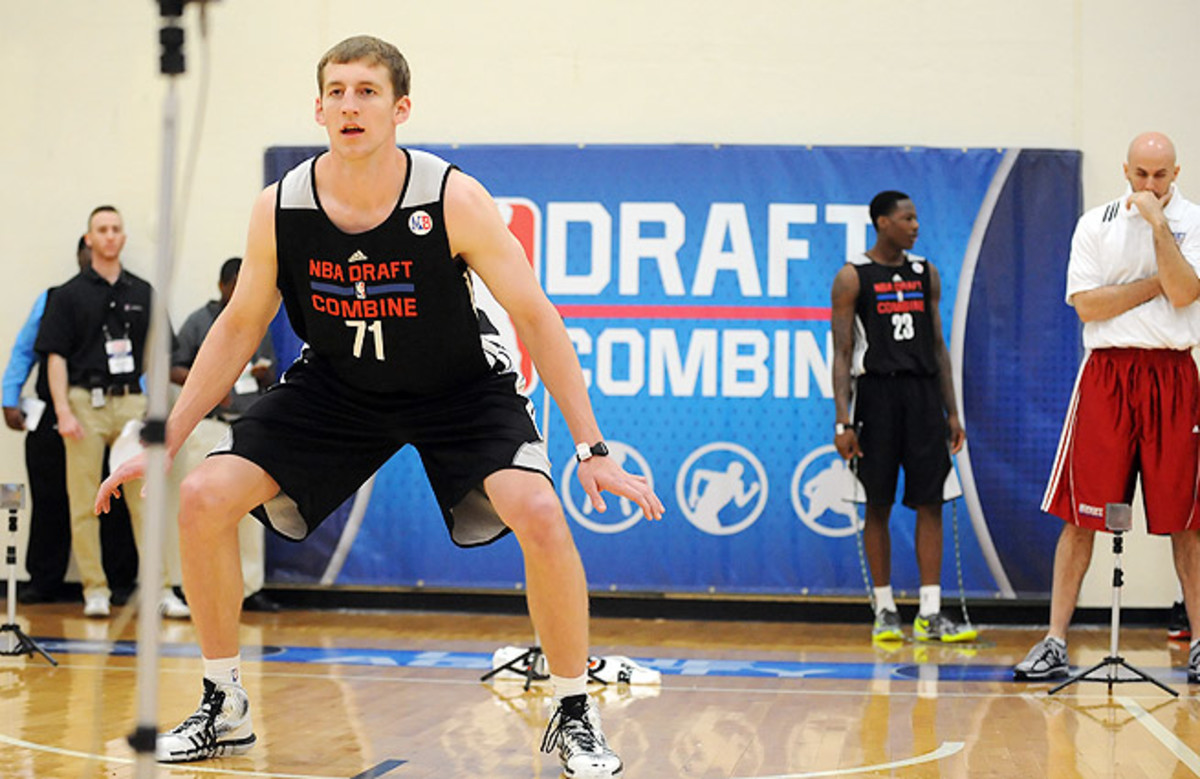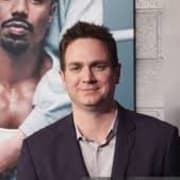Winners, losers from the 2013 NBA draft combine


CHICAGO -- One by one, potential NBA draftees filed into the press center last Friday, sweat dripping from their faces, the look of enthusiasm that they arrived at the combine with replaced by the drained look of overwhelming exhaustion. Two days of workouts, two days of drills, two days of interviews had taken their toll. Glen Rice Jr. answered another round of questions about his problems at Georgia Tech, Ricky Ledo his problems at Providence and Shabazz Muhammad on the appearance that he is a selfish, one-dimensional player.
Opinions on every player will fluctuate wildly over the next few weeks as players go on a barnstorming tour across the country to participate in individual workouts with teams in advance of the June 27 draft. But here's a look at players who made an impression -- good and bad -- on team executives at the combine.
Winners (For Now)
Cody Zeller, Indiana
Zeller didn't participate in workouts, but his tests were among the best at the combine. Zeller checked in at 7 feet (with shoes) and 230 pounds, with a body fat of 4.5 percent. He finished first in the modified lane agility drill (2.69 seconds) and the standing vertical leap (34.5 inches) and was sixth in the three-quarter-court sprint (3.15), faster than any power forward or center. Even his wingspan -- considered one of the biggest knocks against him -- measured better than expected, at 6-10¾ after earlier reports of 6-8.
Executives are eager to see what Zeller can do in individual workouts, but if he exceeds expectations there like he did in Chicago, he could shoot back up into the top six or seven picks.
MANNIX: Combine questions reveal much about prospects
Ricky Ledo, Providence
Ledo bounced around several high schools and was academically ineligible in his only year at Providence, so teams have obvious questions about his maturity. But Ledo looked terrific on the first day of the combine, knocking down jump shots that had scouts and executives fascinated with the 6-foot-6 shooting guard. Ledo struggled on Day 2, though, appearing to lose confidence when his first few shots didn't fall.
"The guy I saw on the first day was not the same guy on the second," a Western Conference coach said. "He looked mixed up."
Still, Ledo certainly made an impression on teams looking for perimeter help. He will have to bring his Day 1 game to individual workouts, but with his talent he could sneak into the first round.
Steven Adams, Pittsburgh
Adams may never be as good as the sum of his parts, but those parts are damn good. Adams measured a brawny 7 feet and 255 pounds and showcased the athleticism that had several general managers pegging him as a lottery pick at the start of the season. More impressively, Adams showed a nice touch from the perimeter, a dimension many executives weren't expecting.
After years spent playing against lesser competition in New Zealand, Adams was overwhelmed in one season at Pittsburgh. According to one Eastern Conference executive, it looked "like the game was too fast for him," and his carefree attitude in combine interviews rubbed a few teams the wrong way. But the talent is there, and team willing to wait for him to develop could have a gem.
MANNIX: Teams dissect Muhammad at draft combine
Shane Larkin, Miami
Larkin, one of the last underclassmen to declare for the draft, lacks prototypical point guard size (5-11½) and didn't put up big assist numbers in two seasons at Miami. But Larkin is a freakish athlete -- he topped all participants in the three-quarter-court sprint (3.08) and the maximum vertical leap (44 inches) and finished tied with Zeller in the standing vertical leap -- and several executive left the combine intrigued by his potential as a scoring point guard. Larkin was effective in pick-and-roll situations at Miami, which should serve him well in the NBA.
Mike Muscala, Bucknell
Muscala is rail thin and wasn't the most athletic big man at the combine, but his diverse offensive skill set didn't go unnoticed. Muscala defined himself as a stretch 4, and he shot the ball well from 10-15 feet.
"I'll be honest, I didn't know a lot about him," a Western Conference coach said. "When he was making shots, I looked at his bio and saw how he led the nation in double-doubles and was fourth in rebounding. Watching him, you can tell there are real skills."
Muscala will have to show at the individual workouts that he is physical enough to match up with opposing power forwards.
Losers (For The Moment)
Rudy Gobert, France
At 7-2 with a 9-7 standing reach and a hand length of 9.75 inches, Gobert is one of the biggest players to come through the combine. But Gobert is very thin, didn't show much polish in workouts and his athleticism -- a 25-inch standing vertical and a 29-inch max vertical -- was unimpressive. Two executives from teams picking in the back half of the first round said, "I wouldn't touch him," though it's almost certain someone, intrigued by his defensive potential and length, will take a flyer on him in the first round.
Shabazz Muhammad, UCLA
Remember when Muhammad was considered a candidate to be the top overall pick? That was back in November, when the 6-6, 221-pound swingman was beginning what was expected to be a brief college career. Now, Muhammad is the most polarizing player in the draft.
No one disputes that Muhammad can score. The question is, Can he do anything else? Muhammad's mechanics are a little funky and he didn't shoot particularly well during drills. One team executive said Muhammad came off as "arrogant" during his interview with them. Credit Muhammad for participating in all aspects of the combine, when most would-be high picks didn't. But he will need to impress in his individual workouts to avoid tumbling out of the lottery.
Archie Goodwin, Kentucky
Goodwin struggled with his jump shot throughout the combine -- "Very flat," a Western Conference coach said -- and looked like the player who said he would be "delusional" to think he was ready for the NBA. There is a raw, Jamal Crawford-like talent in Goodwin, an athletic, dynamic combo guard who can score in a variety of ways. But it could take years to develop that player in him, if it can be brought out at all.
Ryan Kelly, Duke
Kelly's still-healing, surgically repaired foot kept him out of workouts at the combine, and at least partially explained his 14.8 percent body fat, the highest of any player. "I'm not in shape at all," Kelly said.
It's unfortunate: Kelly, a stretch power forward who projects as a second-round pick, could have used a productive combine. Teams would have liked a look at Kelly's range and consistency with the jump shot and how he matched up physically with other big men during drills.
Kelly told SI.com that he was seven weeks away from being able to work out at full speed, which will prevent teams from bringing him in for individual workouts and could result in his going undrafted.
